A few tips on homemade ice cream

Combined with the site's ice cream recipes, they'll help you improve your production, to the delight of everyone around you, children first.
There's nothing really special here, but here are a few points to bear in mind:
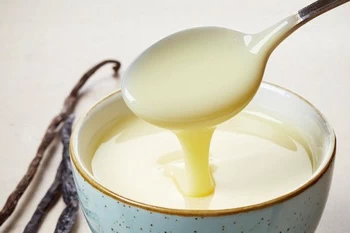
The tastier your preparation, the better your ice cream.
In other words, turbining doesn't improve the taste, it only reveals it.
So you need to take particular care with your initial preparation: for a sorbet, use the best fruit, and for an ice cream, vanilla for example, don't hesitate to prepare it the day before to let the flavours express themselves before turbining.
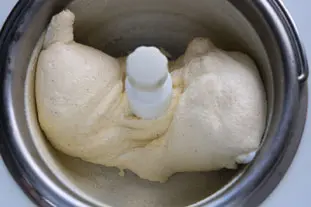
The shorter the turbining period, the better the ice cream.
In other words, the faster the better, and the colder, even icy, the better.
To achieve this, don't hesitate to put your preparation in the freezer 30 minutes before pouring it into the ice cream maker.
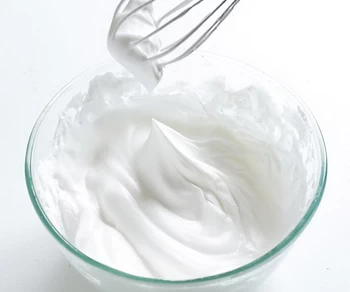
Getting creamy ice cream
Once turbined, the ice cream is simply deliciously creamy, but if you don't enjoy it all at once, you'll put it in the freezer.
And, alas, your ice cream will then naturally harden; its taste won't change, but its texture will.
To avoid this, we ice cream lovers have a simple but highly effective trick: for around 1 l of preparation, beat 1 egg white until stiff, then add a tablespoon of sugar at the end.
Add this half meringue to the ice-cream maker about halfway through the process, and you'll obtain an even fluffier, airier ice cream that will keep much better in the cold.
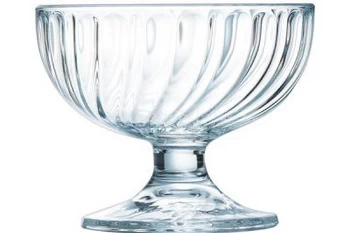
Very cold serving bowls
You're likely to fill your serving cups with ice cream as soon as they come out of the ice-cream maker, before taking them to your guests.
The problem is that if the cups are at room temperature, your ice cream will start to melt immediately, and if you've also planned to add a little whipped cream, slivered almonds, etc., which will take a little time, the melting will become even more pronounced.
The trick in this case is simply to freeze your cups at least 1 hour in advance, or even the day before. When well iced, they will keep your ice cream intact for longer.
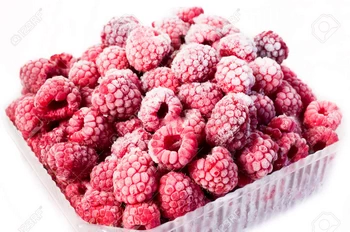
Ice cream without an ice cream maker
If you don't (yet) have an ice cream maker, you can still make ice cream very simply, using fruit frozen in advance.
Either small fruits such as strawberries, raspberries or blackberries, or larger fruits such as bananas or pineapples, cut into small pieces and frozen on a baking sheet at least the day before.
To make the ice cream, simply pour the frozen fruit into a mixture of cream and sugar and blend to make an almost instant ice cream.
You can also consult the page on ice creams and sorbets.
Enjoy your ice cream!
Butter vs. grease
We often read in a recipe where a pastry is put into a mould that, just before pouring, the mould should be buttered or greased. But what's the difference between these 2 terms?December 1st 20251,4145
Getting out of the fridge early
Very often when you're cooking, you need to take food or preparations out of the fridge, to use them in the recipe in progress. There's nothing tricky about this: you just take them out of the fridge and use them, usually immediately, in the recipe. But is this really a good method?November 24th 20251,2715
Who's making the croissants?
When you look at a bakery from the outside, you naturally think that in the bakery, the bakers make the bread, and in the laboratory, the pastry chefs make the cakes. It's very often like that, with each of these professions having quite different ways of working, but sometimes there's also one...November 23th 20251,162
Oven height
When we put a dish or cake in the oven, we naturally tend to put it on the middle shelf, and that's what we usually do. But in some cases, this position and height can be a little tricky, so let's find out why.October 8th 20253,2485
The importance of sieving
In recipes that use a fine powder (flour, powdered sugar, etc.), you'll often see the advice to sift before using it. To sift is to pass the powder in question through a sieve (a very fine strainer) before incorporating it into your recipe. It's often advice, but is it really useful?September 3rd 20257,8833
Double cooking of vegetables
When you cook vegetables, it's not easy to capture and preserve the flavours. It is easy to undercook, but you can make up for it, or overcook, and then it is unfortunately a bit cooked (in the sense of "ruined"). But above all, how to get the maximum of the taste of the vegetable in the pan, then...July 12th 201925 K4.1
Should I believe my oven?
Can you really trust your oven? This is an important question as we are always tempted to take the temperature indicated as gospel truth and, unfortunately, this is rarely very precise. .July 4th 201133 K4.6
Fruits which can ruin your jelly
There are many ways of making a fruit mousse, but one of the simplest is to prepare a fruit jelly (basically a fresh fruit coulis with gelatine) and then mix this jelly before it sets completely with whipped cream. The result is perfect for filling a charlotte, for example. But do beware;...March 6th 201379 K4.0
85 grams of eggs?
Some time ago, I already spoke to you about the difference between baking and pastry-making, I emphasized, among other things, the precision of pastry-making which requires grams, cm, degrees and minutes. That's why, on the one hand, you have baking and cooking, where a certain tolerance is...November 26th 201857 K4.6
Chive flowers
Did you know that? Chive flowers are not only a beautiful purple color, but they are also edible and delicious.May 29th 201948 K4.4









